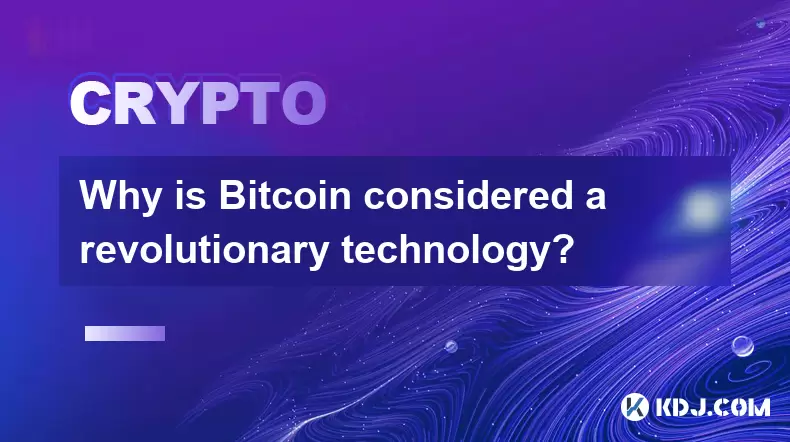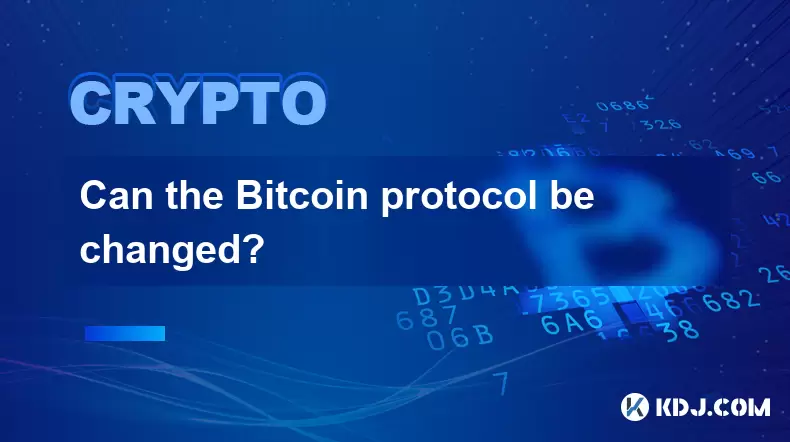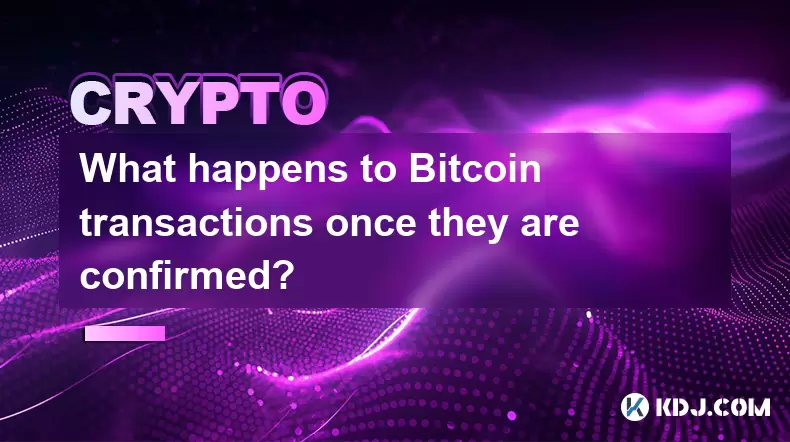-
 Bitcoin
Bitcoin $118600
-2.59% -
 Ethereum
Ethereum $4282
-0.42% -
 XRP
XRP $3.129
-4.21% -
 Tether USDt
Tether USDt $0.0000
0.01% -
 BNB
BNB $805.4
-1.80% -
 Solana
Solana $174.3
-5.77% -
 USDC
USDC $0.9998
-0.01% -
 Dogecoin
Dogecoin $0.2230
-6.33% -
 TRON
TRON $0.3466
1.70% -
 Cardano
Cardano $0.7745
-5.73% -
 Chainlink
Chainlink $21.37
-3.53% -
 Hyperliquid
Hyperliquid $42.93
-7.25% -
 Stellar
Stellar $0.4324
-4.94% -
 Sui
Sui $3.660
-7.17% -
 Bitcoin Cash
Bitcoin Cash $591.6
2.72% -
 Hedera
Hedera $0.2467
-7.04% -
 Ethena USDe
Ethena USDe $1.001
0.00% -
 Avalanche
Avalanche $22.92
-6.14% -
 Litecoin
Litecoin $118.8
-3.79% -
 Toncoin
Toncoin $3.378
-0.46% -
 UNUS SED LEO
UNUS SED LEO $9.011
-1.15% -
 Shiba Inu
Shiba Inu $0.00001294
-5.81% -
 Uniswap
Uniswap $11.24
0.53% -
 Polkadot
Polkadot $3.870
-6.16% -
 Cronos
Cronos $0.1662
-1.68% -
 Dai
Dai $1.000
0.02% -
 Ethena
Ethena $0.7915
-5.62% -
 Bitget Token
Bitget Token $4.414
-1.65% -
 Monero
Monero $259.3
-3.85% -
 Pepe
Pepe $0.00001120
-8.29%
How to save money during peak Bitcoin transactions? How to avoid high fees?
To minimize Bitcoin transaction fees during peak times, use batching, SegWit wallets, and the Lightning Network, and adjust transaction settings for cost-effective transfers.
May 08, 2025 at 08:49 pm

In the world of cryptocurrency, particularly Bitcoin, transaction fees can fluctuate significantly, especially during periods of high network activity. Understanding how to manage and minimize these fees during peak times is crucial for users looking to save money. This article will explore various strategies and techniques to help you navigate the Bitcoin network more cost-effectively.
Understanding Bitcoin Transaction Fees
Bitcoin transaction fees are payments made to miners for processing and confirming transactions on the blockchain. During peak times, when the network is congested with a high volume of transactions, these fees can increase dramatically. The fee is determined by the size of the transaction in bytes and the priority given to the transaction, which is influenced by the fee rate set by the sender.
To understand how fees are calculated, it's important to know that each transaction includes inputs and outputs. The more inputs and outputs a transaction has, the larger its size, and consequently, the higher the fee. Users can set their own fee rates, but setting a fee too low during peak times might result in the transaction being delayed or not processed at all.
Strategies for Reducing Transaction Fees
One of the most effective ways to save money on Bitcoin transactions during peak times is to use a transaction batching technique. Batching involves combining multiple transactions into a single transaction, which reduces the overall size and, therefore, the fee. Here's how you can batch transactions:
- Select a wallet that supports batching: Not all wallets offer this feature, so ensure you are using one that does.
- Consolidate your transactions: Instead of sending multiple small transactions, wait and combine them into one larger transaction.
- Use a transaction batching service: Some platforms specialize in batching transactions for users, which can be a convenient option.
Another strategy is to choose the right time for your transaction. By monitoring the network's congestion, you can identify times when the fees are lower. Tools like Mempool.space or BitcoinFees.earn.com provide real-time data on network congestion and suggested fee rates.
Using Segregated Witness (SegWit) Transactions
Segregated Witness (SegWit) is an upgrade to the Bitcoin protocol that changes the way data is stored in transactions, making them smaller and more efficient. By using a SegWit-enabled wallet, you can significantly reduce your transaction fees. Here's how to switch to a SegWit wallet:
- Choose a SegWit-compatible wallet: Popular options include Electrum, Bitcoin Core, and some mobile wallets like BlueWallet.
- Transfer your Bitcoin to the new wallet: Send your Bitcoin from your current wallet to the new SegWit wallet address.
- Set your transaction fee: Use the wallet's recommended fee settings, which are optimized for SegWit transactions.
SegWit transactions are not only cheaper but also faster, which can be particularly beneficial during peak times when the network is congested.
Utilizing the Lightning Network
The Lightning Network is a second-layer solution built on top of the Bitcoin blockchain that enables faster and cheaper transactions. By using the Lightning Network, you can bypass the main blockchain during peak times, thereby avoiding high fees. Here’s how to get started with the Lightning Network:
- Choose a Lightning Network wallet: Wallets like Wallet of Satoshi or Breez support Lightning transactions.
- Open a Lightning channel: Fund a channel with some Bitcoin, which will be used for your Lightning transactions.
- Conduct your transactions: Use the Lightning Network for your transactions, which will be instant and have minimal fees.
The Lightning Network is particularly useful for small, frequent transactions, as it can significantly reduce costs compared to traditional on-chain transactions.
Optimizing Your Transaction Settings
Many Bitcoin wallets allow users to customize their transaction settings, which can help in reducing fees. Here are some settings you can adjust:
Transaction priority: Most wallets offer options like 'low', 'medium', and 'high' priority. Choosing a lower priority during peak times can save money, though it may result in longer confirmation times.
Custom fee rates: Some wallets allow you to set a custom fee rate. By using tools like Mempool.space to check the current network conditions, you can set a fee that is low enough to save money but high enough to get your transaction confirmed in a reasonable time.
Replace-by-Fee (RBF): This feature allows you to increase the fee of a transaction that has not yet been confirmed. If you initially set a fee too low and your transaction is stuck, you can use RBF to bump the fee and expedite processing.
Frequently Asked Questions
Q: Can I avoid transaction fees entirely on the Bitcoin network?
A: It's not possible to avoid transaction fees entirely on the Bitcoin network, as they are necessary to incentivize miners to process transactions. However, by using strategies like transaction batching, SegWit, and the Lightning Network, you can significantly reduce these fees.
Q: How do I know if my wallet supports SegWit?
A: To check if your wallet supports SegWit, look for wallet addresses starting with "bc1" or "3". These indicate SegWit addresses. You can also check the wallet's documentation or website for information on SegWit support.
Q: Is it safe to use the Lightning Network for transactions?
A: The Lightning Network is considered safe for transactions, but it's important to use reputable wallets and follow best practices. Always ensure you are using a trusted Lightning Network wallet and understand the basics of how the network operates to minimize risks.
Q: What happens if I set my transaction fee too low during peak times?
A: If you set your transaction fee too low during peak times, your transaction may be delayed or not processed at all. Miners prioritize transactions with higher fees, so setting a fee that is too low can result in your transaction being stuck in the mempool until the network congestion decreases or you increase the fee using Replace-by-Fee (RBF).
Disclaimer:info@kdj.com
The information provided is not trading advice. kdj.com does not assume any responsibility for any investments made based on the information provided in this article. Cryptocurrencies are highly volatile and it is highly recommended that you invest with caution after thorough research!
If you believe that the content used on this website infringes your copyright, please contact us immediately (info@kdj.com) and we will delete it promptly.
- Dogecoin, Presale, Surge: Riding the Meme Coin Wave
- 2025-08-12 11:10:12
- Dogecoin, Tron, and the ROI Reality Check: What's a Crypto Investor to Do?
- 2025-08-12 11:15:12
- Ethereum Layer-2 Scaling Competition Heats Up as ETH Breaks $4K
- 2025-08-12 10:30:12
- China Regulation, Stablecoins, and BNB Presale: Navigating the Crypto Landscape
- 2025-08-12 11:30:12
- Meme Coins, Investment, and Token Burns: What's Hot in 2025?
- 2025-08-12 10:30:12
- China's National Security Alarm Bells Ring Over Worldcoin's Iris Scans
- 2025-08-12 11:35:12
Related knowledge

Why is Bitcoin considered a revolutionary technology?
Aug 10,2025 at 07:42pm
Decentralized Architecture and Trustless TransactionsBitcoin is considered revolutionary because it introduced a decentralized architecture that opera...

What are the key features of Bitcoin?
Aug 10,2025 at 02:50am
Decentralization and Peer-to-Peer NetworkOne of the most defining characteristics of Bitcoin is its decentralized nature. Unlike traditional financial...

Can the Bitcoin protocol be changed?
Aug 07,2025 at 01:16pm
Understanding the Bitcoin ProtocolThe Bitcoin protocol is the foundational set of rules that govern how the Bitcoin network operates. It defines every...

Can the Bitcoin protocol be changed?
Aug 11,2025 at 01:01am
Understanding the Bitcoin Protocol StructureThe Bitcoin protocol is the foundational set of rules that govern how the Bitcoin network operates. These ...

What happens to Bitcoin transactions once they are confirmed?
Aug 09,2025 at 05:22am
Understanding Bitcoin Transaction ConfirmationWhen a Bitcoin transaction is initiated, it is broadcast to the network and placed in a pool of unconfir...

How are Bitcoin transactions verified?
Aug 08,2025 at 06:57am
Understanding Bitcoin Transaction VerificationBitcoin transactions are verified through a decentralized network of nodes and miners that ensure the le...

Why is Bitcoin considered a revolutionary technology?
Aug 10,2025 at 07:42pm
Decentralized Architecture and Trustless TransactionsBitcoin is considered revolutionary because it introduced a decentralized architecture that opera...

What are the key features of Bitcoin?
Aug 10,2025 at 02:50am
Decentralization and Peer-to-Peer NetworkOne of the most defining characteristics of Bitcoin is its decentralized nature. Unlike traditional financial...

Can the Bitcoin protocol be changed?
Aug 07,2025 at 01:16pm
Understanding the Bitcoin ProtocolThe Bitcoin protocol is the foundational set of rules that govern how the Bitcoin network operates. It defines every...

Can the Bitcoin protocol be changed?
Aug 11,2025 at 01:01am
Understanding the Bitcoin Protocol StructureThe Bitcoin protocol is the foundational set of rules that govern how the Bitcoin network operates. These ...

What happens to Bitcoin transactions once they are confirmed?
Aug 09,2025 at 05:22am
Understanding Bitcoin Transaction ConfirmationWhen a Bitcoin transaction is initiated, it is broadcast to the network and placed in a pool of unconfir...

How are Bitcoin transactions verified?
Aug 08,2025 at 06:57am
Understanding Bitcoin Transaction VerificationBitcoin transactions are verified through a decentralized network of nodes and miners that ensure the le...
See all articles

























































































